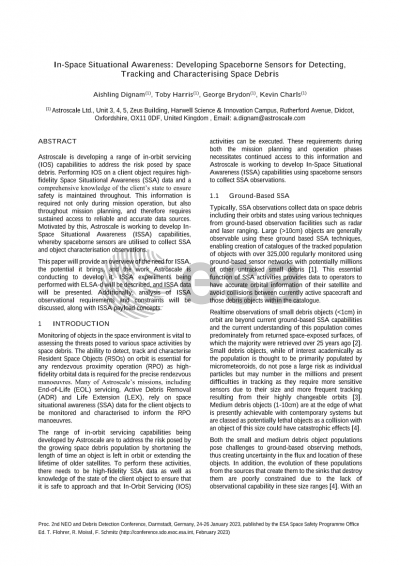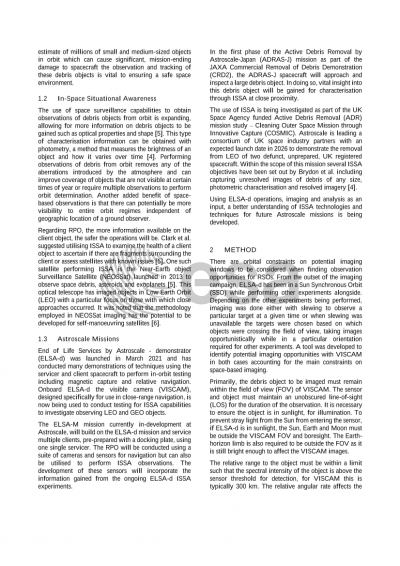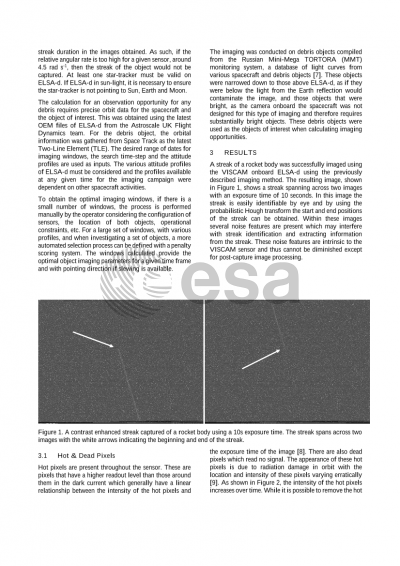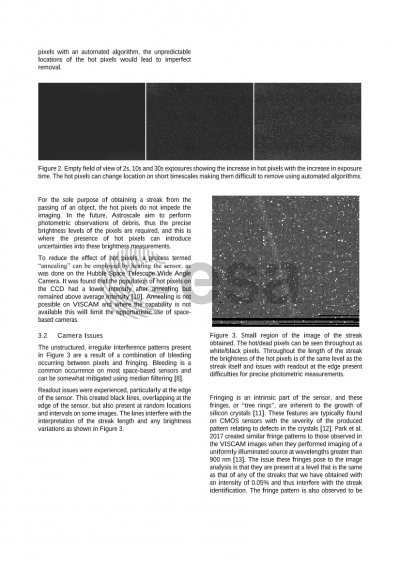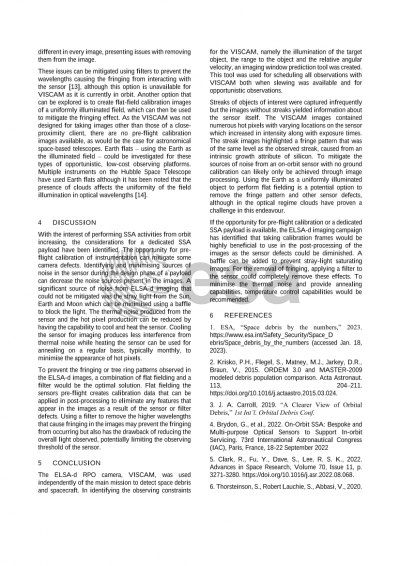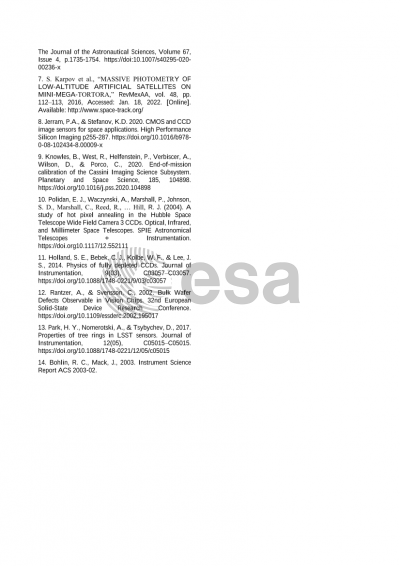Document details
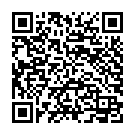
Abstract
Astroscale is developing a range of in-orbit servicing (IOS) capabilities to address the risk posed by space debris. These capabilities include End-of-Life (EOL) servicing, Active Debris Removal (ADR) and Life Extension (LEX), provided by a range of servicing spacecraft. Performing IOS on a client object requires high-fidelity SSA data and a comprehensive knowledge of the client’s state to ensure safety is maintained throughout. This information is required not only during mission operation, but also throughout mission planning, and therefore requires sustained access to reliable and accurate data sources. Motivated by this, Astroscale is working to develop In-Space Situational Awareness (ISSA) capabilities, whereby spaceborne sensors are utilised to collect SSA and object characterisation observations.
Our ISSA development work is investigating a number of methodologies, based on two main approaches: deploying bespoke ISSA sensor payloads on Astroscale’s spacecraft, and conducting ISSA observations with existing or augmented navigation sensors as a secondary function. This work is being conducted within the scope of a number of missions and mission studies.
Astroscale’s EOL demonstrator ELSA-d launched in March 2021 and has conducted a number of in-orbit demonstrations of IOS techniques. Optical cameras aboard the spacecraft – designed solely for supporting close-range navigation during IOS – are now being used to test basic ISSA capabilities through the observation of LEO and GEO objects. These ISSA tests are providing valuable experience with space-to-space image planning, observation window optimisation, ISSA image processing, and understanding the capabilities of optical sensors to perform ISSA.
Through UK ADR, a UK Space Agency (UKSA) funded ADR mission study, Astroscale is also developing payload and operation concepts for bespoke, dedicated ISSA sensors. These sensors aim to address a number of ISSA objectives, including small object detection, photometric characterisation and resolved inspection. Through radiometric analysis and sensor modelling, hardware and data processing requirements are being developed with the end goal of conducting in-orbit demonstrations and maturation of a number of ISSA techniques.
This paper will provide an overview of the need for ISSA, the potential it brings, and the work Astroscale is conducting to develop it. ISSA experiments being performed with ELSA-d will be described, and ISSA data will be presented. Additionally, analysis of ISSA observational requirements and constraints will be discussed, along with ISSA payload concepts.
Preview
